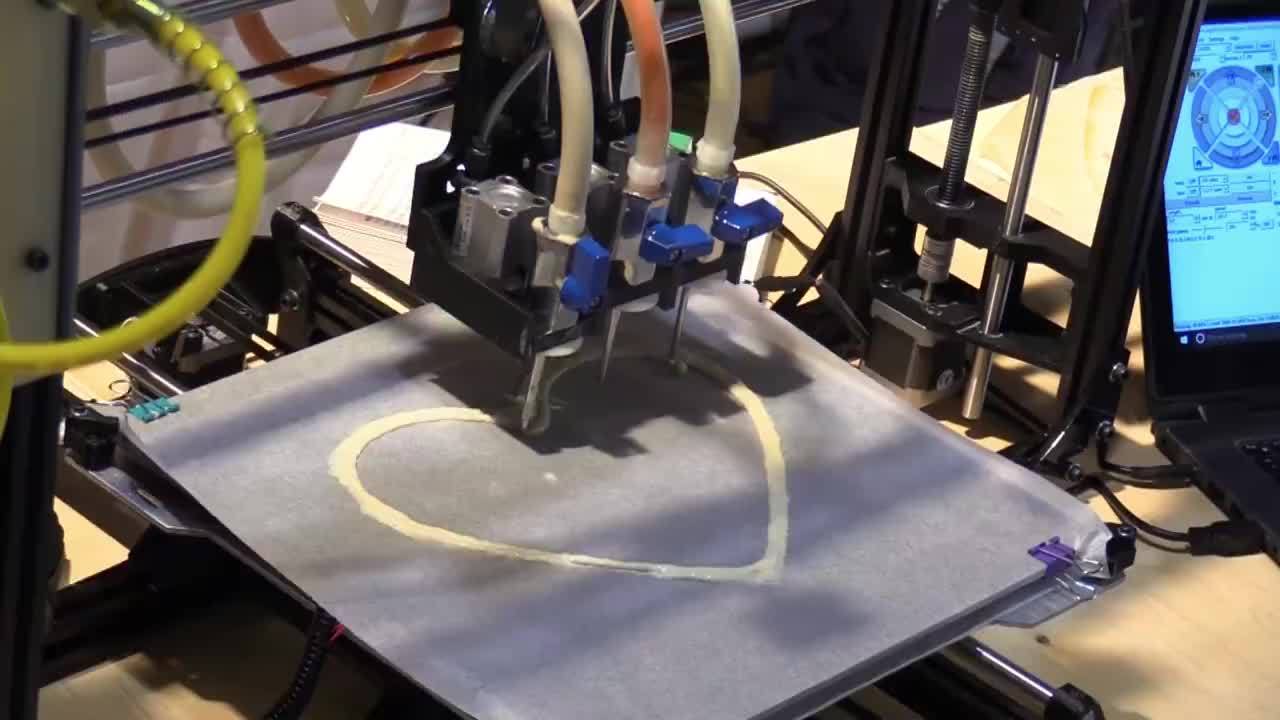Enter the supersolid: a paradoxical material that flows easily like a superfluid, but is crystalline like a solid. Cathal O’Connell reports.



Tepic, Mexico, Sept 4 (Thomson Reuters Foundation) — Juicy lab-grown steaks and burgers made of plant-based meat could soon be tempting hardened carnivores scanning restaurant menus in the world’s biggest cities, as food producers explore fresh ways to feed booming populations.
With people pouring into cities across the developing world, rocketing demand for meat and dairy products will make it essential to find high-protein alternatives that have a lower environmental impact, some experts say.
“The food of the future, as we become more and more urban, will continue to be meat but it won’t be meat from industrialised animal agriculture,” said Bruce Friedrich, executive director of the Washington-based Good Food Institute.

Robots still find it difficult to perform delicate actions, like picking up a soft object without causing damage. A new form of synthetic muscle could offer up some major improvements.
A group of researchers from the Columbia University School of Engineering and Applied Science has developed a new type of synthetic soft muscle that can be manufactured using a 3D printer. The material is capable of lifting up to 1,000 times its own weight and boasts fifteen times the strain density (expansion per gram) of natural muscle.
The challenge with bipedal robots isn’t so much getting them to walk at all (although that’s sometimes a problem) as it is getting them to walk naturally. They tend to either step cautiously or quickly run into trouble. Swiss researchers think they can do better, though: they’re working on COMAN (Compliant Humanoid), a headless robot designed to master walking. The automaton is more graceful through a combination of more flexible, elastic joints and a control algorithm that helps the bot understand its own body.
COMAN is aware of the symmetries in its dynamics and structure, which helps it not only walk with a natural gait but carry objects, navigate uneven surfaces like stairs, and react to surprises. If you push the robot, for instance, it knows exactly where to place its foot so that it doesn’t tip over like some of its peers. And thanks to that added flexibility, it’s more likely to survive that rudeness.
The technology is a long way from reaching robots you can interact with. For one thing, these machines would need ‘heads’ or some other way of exploring the world on their own. They may be particularly clever when they arrive, though. The team is also exploring the possibility of teaching bipedal robots t coordinate in shared actions, such as carrying a table. You could eventually see moving robots that have no problems hauling your couch down a flight of stairs.

